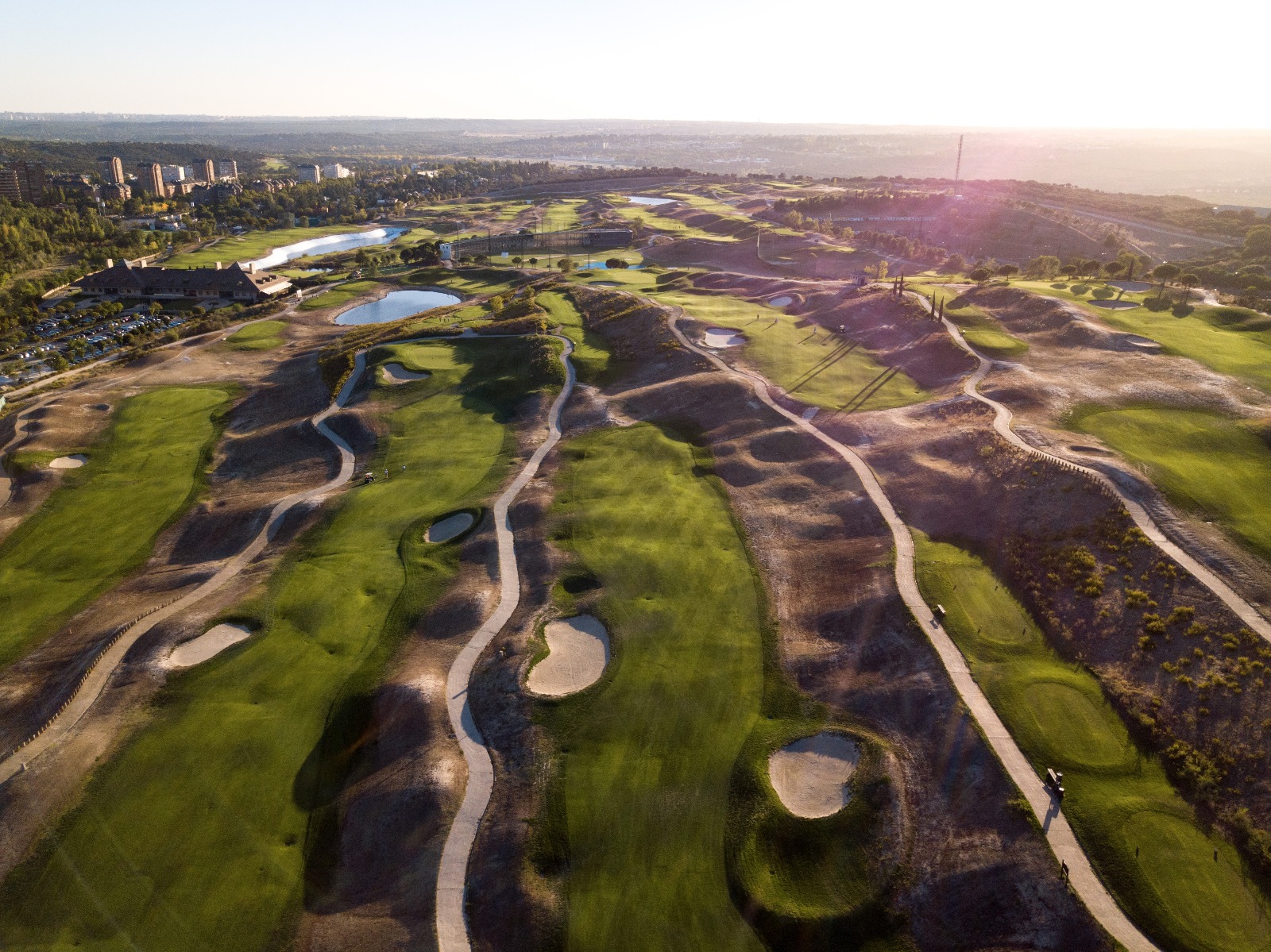With the Open de España, one of the oldest and most celebrated tournaments in Continental Europe, set to make its return to the European Tour International Schedule in 2018, some of the game’s greats will make their way back to Centro Nacional de Golf.
The home of the Royal Spanish Golf Federation – just north of Madrid – will host the 91st edition of the Open de España from April 12-15, having last hosted the event in 2007 when Charl Schwartzel claimed the coveted trophy.
Opened on March 7, 2006, Centro Nacional de Golf has played host to some of the world’s best golfers and to the rising stars of the future, including two-time European Tour winner and current World Number Two Jon Rahm, who combined his studies and golf at Centro Nacional for two years.

“Golf cannot be considered anymore as an elitist sport, that does not match with nowadays reality,” said the great Seve Ballesteros, who attended the course’s official opening more than 12 years ago. “Our sport gives a lot back to the Spanish society and should be much better valued. People should open their eyes. One day, some of the young players who work and train here will give us great satisfactions.”
It was in those words that Ballesteros highlighted the need for golf to embrace its development in Spain and continue its growth across the country.
In 1990, the Royal Spanish Golf Federation, Madrid’s Town Hall and Spain’s Sports High Council signed an agreement for the construction of a public golf course in Madrid, and although it took 15 years to materialise, the result was a public and popular golf course which has hosted the 2006 Challenge de España, 2007 Open de España and 2009 Madrid Masters.
Works began on the golf course in April 2002 and Centro Nacional de Golf opened its doors in 2006 with the aim of promoting and providing golf to everyone, a mission which Ballesteros supported in his home country, and echoed around the world.
The Green Section Committee of the Royal Spanish Golf Federation has worked tirelessly on the implementation of sustainable strategies for the conservation of natural resources and the environment, with a focus on guaranteeing enjoyment and satisfaction for golfers who visit their facilities every day.
In 2016, a redesign of the irrigation system was carried out and more than 450 sprinklers were relocated, with the objective to prioritise the line of play. An effort was also made to maintain the irrigation of putting greens, fairways and tees.
Currently, the course offers a drier aspect than usual at this time of year due to the weather conditions, as very low rainfall and strong frosts have not favoured the germination of native grasses in dry areas after the summer. Despite this, a more natural landscape has been achieved and the levels of firmness have increased considerably.
With the conversion of the driving range last summer to artificial turf, this area was transformed with five practice greens and new target areas. The range was covered with 7,000 square meters of artificial grass, a more efficient and sustainable approach, without the need to use water for irrigation.
The transformation process of the Centro Nacional de Golf has been recognised by the R&A as an example of effective and responsible management in the use of water. At a national level, these measures contributed to the RFEG being awarded the “Peace for Peace 2017. Peace and Water”, by the “Ana de Paz” Foundation, for their awareness and contribution to the sports world in favour of nature, water and sustainability.














